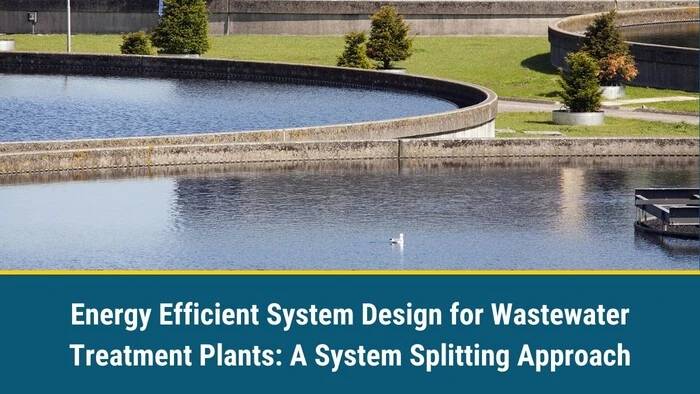Authors: Stephen Horne, Product Manager – Blowers, Marcus Jungkunst, Product Manager Turbo Blowers, Kaeser Kompressoren SE
The overall wastewater treatment process is complex, and each step is integral to ensuring water is properly purified. Effluent ends up in the plants, containing substances that must be removed before the water can be properly cleaned and returned for use. The range of potential contaminants is almost endless, and can include food, pulp, waste, or other substances. Afterwards, the water requires further scrubbing, with the aid of bacteria. It is in this part of the process that compressed air (ideally provided by energy-efficient rotary lobe blowers) plays a vital role.
Now more than ever, wastewater treatment plants have the means to effectively design, install, and maintain an energy-efficient system that can reliably deliver the compressed air needed to ensure oxygenation is not interrupted. By embracing advances in blower technology and utilizing integration on both a blower package and system level, communities can rest assured that they will have a continuous and energy-efficient supply of clean water.
This whitepaper first appeared in Blower & Vacuum Best Practices magazine.
Blower System Integration for Wastewater Aeration Applications
Blower air is an indispensable part of biological wastewater treatment plant (WWTP) processes. Integration — on the blower package level as well as the system level — is key to maximizing energy efficiency and ensuring that this critical service is readily available for the communities the WWTP serves.
Authors: Stephen Horne, Blower Product Manager, Kaeser Compressors, Inc., and Marcus Jungkunst, Product Manager Turbo Blowers, Kaeser Kompressoren (USWPWWTPAPPS)

